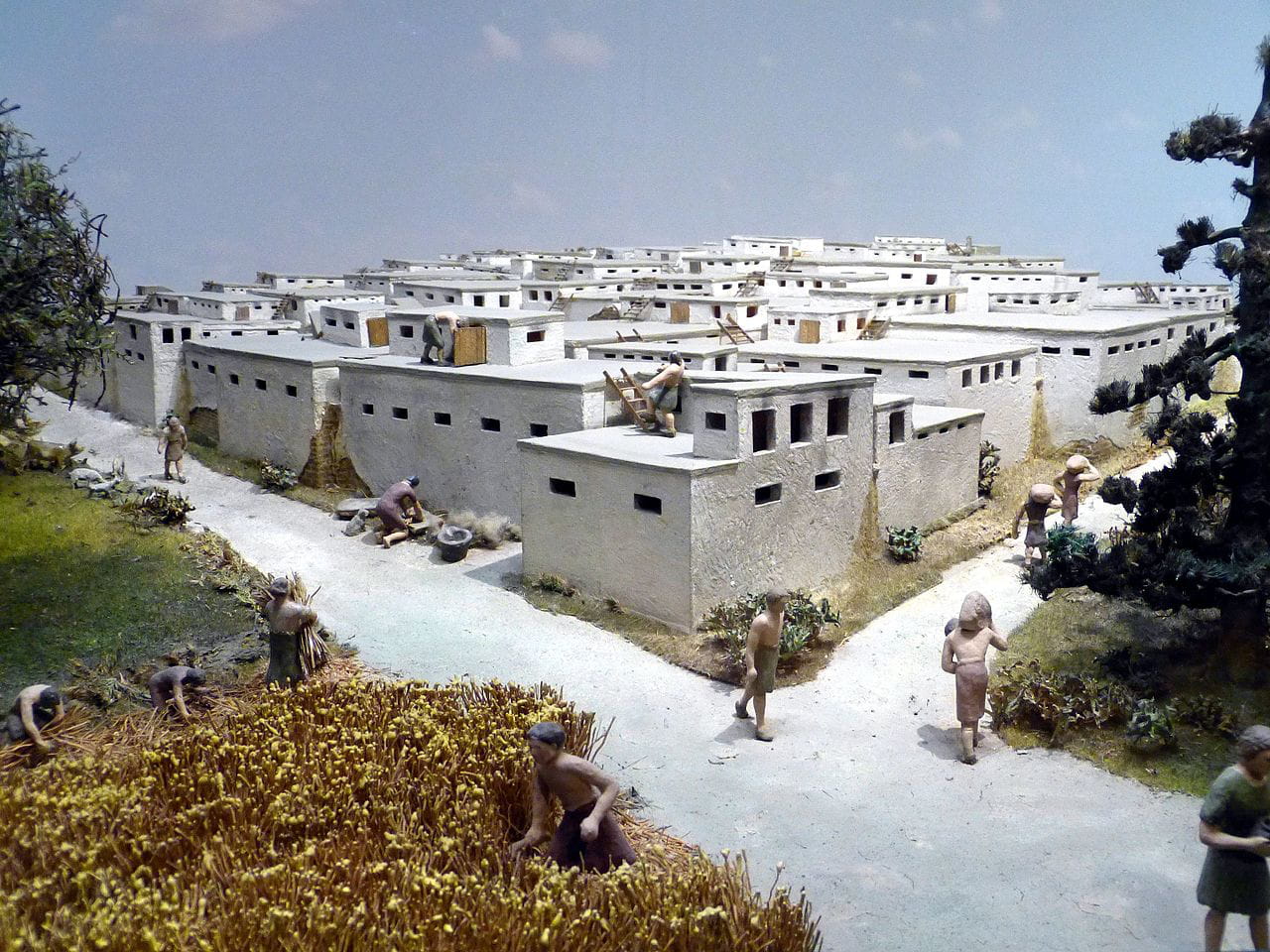A recent interdisciplinary study combining archaeology and ethnography has cast doubt on historical population estimates for Neolithic villages, specifically in Çatalhöyük, Turkey. Historically, it has been claimed that this settlement housed between 3,500 and 10,000 people. However, new research suggests that these numbers are a significant overestimation.
Using a review of the distribution of residential buildings and archaeological and ethnographic data, researchers estimate that between 600 and 800 people lived in Çatalhöyük during an average year in the Middle phase (6700-6500 BC). This finding challenges the perception that Neolithic villages experienced explosive population growth, which would lead them to be seen as precursors to cities.
Late Pre-Pottery Neolithic B (LPPNB, approximately 7300 to 6800 BC) and Pottery Neolithic (PN, approximately 6800 to 6000 BC) villages are known for their dense concentrations of buildings. Settlements in the southern Levant, such as ‘Ain Ghazal and Basta, featured compact structures with stone foundations and mudbrick walls.

Researchers have employed both archaeological and ethnographic data to estimate the population levels of these villages. Although some Neolithic settlements show a wide distribution of cultural materials and a high density of buildings, research on population modeling has not been exhaustive.
Recent studies, including radiocarbon analyses, have improved the understanding of the occupational history of Çatalhöyük. It is believed that occupation began around 7100 BC and that the settlement was abandoned around 5950 BC. These studies provide a solid basis for reassessing population estimates in this and other Neolithic settlements.
According to researchers, children under 5 years old accounted for 30 percent of the population, residential buildings made up 40 percent of the settlement, and people lived in only 70 percent of these structures at any given time. Many houses were used for just one generation, that is, between 20 and 45 years.

Additionally, a small population fits with evidence found that a form of collective decision-making was practiced in Çatalhöyük, rather than there being a central political authority.
This new research underscores the importance of using explicit population modeling methods in archaeology. It also highlights the need to reconsider evolutionary models linking the Near Eastern Neolithic to urbanism based on population densities. Researchers argue that it is crucial to critically reassess historical population estimates to gain a more accurate understanding of life in Neolithic villages.
This reassessment not only affects the understanding of Çatalhöyük but also has broader implications for the study of the evolution of human societies in the Near Eastern Neolithic.
Sources
Ian Kuijt, Arkadiusz Marciniak, How many people lived in the world’s earliest villages? Reconsidering community size and population pressure at Neolithic Çatalhöyük. Journal of Anthropological Archaeology, Volume 74, June 2024, 101573. doi.org/10.1016/j.jaa.2024.101573
Discover more from LBV Magazine English Edition
Subscribe to get the latest posts sent to your email.




















